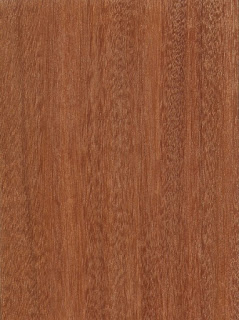Woods decks are an important part in housing and constructing industries these days. However, there are so many stylish woods for deck construction but one of the most famous is IPE woods. It is shocking that despite it’s popularity, not much is known about IPE Woods. Well, worry not! In this Blog I will list down some of the interesting things about IPE woods that, I am sure you would not have heard about.
Want to know what is it? Well, keep reading for some interesting details!
IPE woods are much more durable than any other wood!
Within IPE wood are natural oils that preserve it; combined with the wood’s exceptional density, you can expect an IPE deck or fence to last up to 50 years without replacement.
IPE Woods requires lot of maintenance
To extend its life, IPE wood requires some TLC. With oil treatment, its lifespan can be up to 75 years. Remember to seal the ends of the wood after cutting. When the grain is exposed, the moisture level can change and spread throughout the wood. Applying sealer to fresh cuts slows the process and helps prevent splitting.
IPE woods are hard!
IPE is extremely dense less susceptible than other woods to burning, with a fire rating that is the same as steel and concrete. But the density can make it difficult for contractors if they are trying to saw and nail it. The solution is to pre-drill holes and use steel screws. Plus, the hardwood chews up blades. These factors increase labor costs.
They are costly
IPE for sale is notably more expensive then redwood and cedar. On average, IPE costs $3.50 to $5 per square foot and the cost of labor will increase the total price to around $20 per square foot.
There is a black market for IPE Woods
Given Ipe’s popularity, it’s not surprising to learn that the wood is often illegally harvested. And because IPE can command high prices, Brazilian loggers and local officials often harvest more IPE than is legal.
This wood is already over harvested due to its widespread construction use. With continued sourcing, this exotic wood may eventually become extinct. This is one of the biggest factors causing environmentally minded people to say no to IPE.
Some people are allergic to IPE wood
Ipe dust is ridiculously fine and during construction it can get everywhere, including into eyes, ears and noses. Although severe reactions are uncommon, IPE wood for sale can cause skin, eye, and respiratory irritation, as well as headaches, or asthma-like symptoms. If you work with this wood, please wearing protective clothing, gloves, and a proper mask.
There are various alternatives for IPE woods
There are plenty of alternatives to IPE wood. Using reclaimed wood is a smart start. Several wood types are good alternatives. One excellent and sustainable option is reclaimed cumaru, also known as Brazilian teak; it looks similar to IPE with a rich, warm color and costs less. Reclaimed teak is another choice, also offering similar durability and rot-resistant benefits. Tip: Teak is less dense, making installation easier and more affordable.







